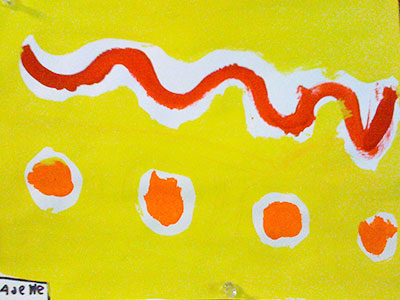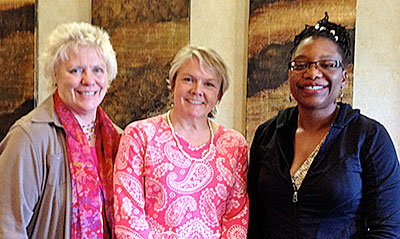This morning I was watching a video in my USA Today newsfeed, and I came across an article about five things a boss looks for in an employee. What the video didn’t note is that employees look for the same five things in their boss. It got me to thinking about the strategy session I just led for a multi-state business. It came to light at the outset of the strategy session—and was reinforced throughout—that bosses and employees are looking for the same things in one another and need to have the ability to hold each other accountable.
Here’s a tool to help make that happen: a designed team alliance (DTA). I start each strategy session with a DTA, something I learned from my work with CRR Global. A DTA sets the stage for a productive meeting, workshop, or any sort of session where people come together to accomplish a goal. Participants agree upon how they want to “be” together and how to handle conflict when it occurs. For example, traits that come up as desirable often include: respect, openness to new ideas, listening, promptness, equal participation, and confidentiality. Undesirable behavior may include judgment, interrupting others, checking emails, and using cell phones.
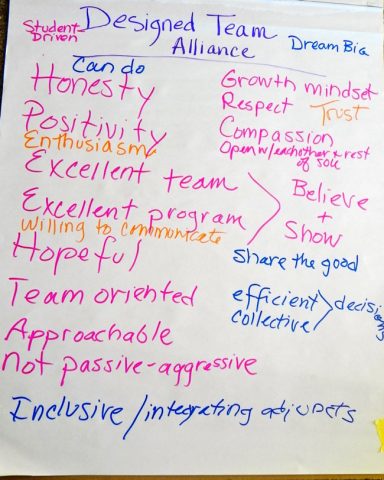 In the training I led last week, one of the values the team agreed on was no BS—and to call it if you see it. Just as important as creating a productive space is agreeing on how to handle conflict.
In the training I led last week, one of the values the team agreed on was no BS—and to call it if you see it. Just as important as creating a productive space is agreeing on how to handle conflict.
This strategy session went beautifully, and when we hit the point where everyone was being assigned specific tasks to help the organization meet measurable goals, the issue of accountability came up.
For all of you leaders, I promise your employees are seeking accountability (and no BS) from you. You must take your “assignments” and deadlines as—or even more—seriously as your team. If you are counting on them to complete tasks in a timely manner, they need to know they can count on you to do the same.
They want to know what you are doing to help further the organization. They want transparency. And they want to be able to tell you when something you’re doing is not working.
However, this can be complicated.
It’s up to you as a leader to facilitate and nurture a climate that allows employees to talk with you frankly and openly, even if it’s a message you don’t want to hear. If you want your team to be all in, you have to be willing to accept the same kinds of feedback you give your employees.
Looking to create a more productive workplace? Let’s get started with a DTA for your team. Call me at 541.601.0114 or email chris@capiche.us.




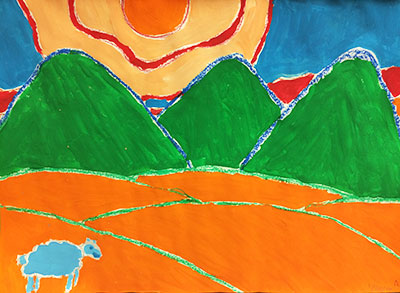
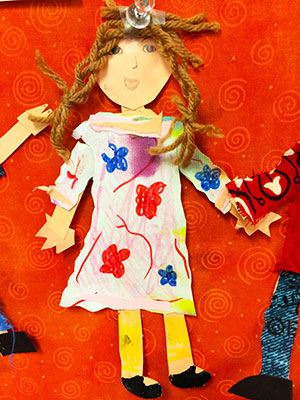 Q: Can you describe your background? How did you get into mentoring?
Q: Can you describe your background? How did you get into mentoring? Q: What else can those attending your workshop expect?
Q: What else can those attending your workshop expect?